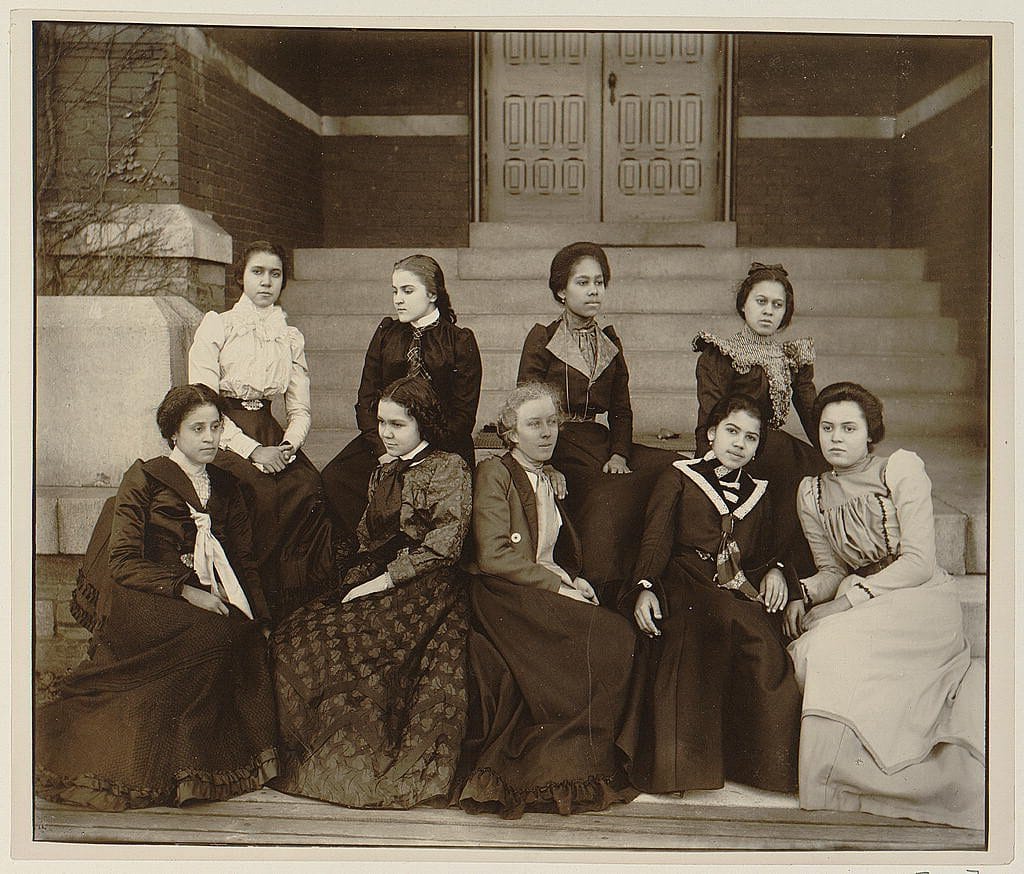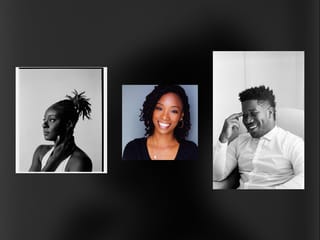
For over 40 years, America has spent the month of February honoring Black History. During this month, we celebrate the monumental contributions and achievements of African Americans throughout history. From science and technology to art and food and beyond, Black culture has had an undeniable impact on American history — and will continue to influence the future of this country forever.
For Black History Month, we’re celebrating Black photographers who have broken barriers and helped shape photography and culture forever. Read up on these five Black pioneers in photography — Thomas Askew, Roy DeCarava, Gordon Parks, Moneta Sleet Jr., and Carrie Mae Weems.

Thomas Askew
Thomas E. Askew was born into slavery in Atlanta, Georgia in 1847. He began his photography career in the 1880s, while he was employed as a printer for C.W. Motes — a photo studio in Atlanta that specialized in glamour shot-style portraits of people dressed in their fanciest outfits. He’s often cited as the most prominent early Black photographer in Atlanta. Throughout his career, he perfected his craft and focused his work on photographing Black American families and professionals in all fields. He’s most well-known for photographing numerous Black Americans in various locations, as well as different subjects for W.E.B Du Bois’ 1900 Paris Exposition.

Roy DeCarava
Born in 1919 in the New York City Harlem neighborhood, Roy DeCarava came of age during the Harlem Renaissance — a time when his very community was considered a mecca of Black culture, music, art, and more. He started his career as a painter and began dabbling in photography in the 1940s, before fully embracing the medium in 1952. DeCarava used photography not to simply provide visual documentation, but rather as artistic expressions and creations. He wanted to ensure his images were, in his own words, “serious”, “artistic”, and “human”. This extended even further to the lives of Black Americans, where he chose to create photographs that highlight the aesthetic, artistic, and beautiful qualities of their individual lives. His photographs developed into a body of work that documented life amongst Black Americans for decades — this contribution to art, photography, and culture at large can’t be ignored.

Gordon Parks
Gordon Parks, an activist and self-taught photographer, gained popularity for his documentary photography. He’s often touted as one of the greatest photographers of the twentieth century, and rightfully so — not only are his images impactful and deeply intimate, they spoke volumes about his activism and humanitarianism. In fact, Parks even described using his camera as a weapon against social wrongs, including racism, class issues, and more. His first camera was the Voigtländer Brilliant and later went on to use a Rolleiflex TLR, as well as cameras from the Nikon F line.

Moneta Sleet, Jr.
Moneta Sleet, Jr. is best known for being a popular staff photographer for Ebony Magazine, as well as being the first African-American man to win the Pulitzer Prize for Feature Photography. His work focused primarily on the beauty and struggle of being Black in America, and he spent 13 years working alongside Dr. Martin Luther King, Jr. to capture crucial moments in the civil rights movement. He claims that a small box camera sparked his passion for photography. Later in his career, he used a 35mm Nikon camera to capture some of his most famous photographs.

Carrie Mae Weems
Carrie Mae Weems is an award-winning African American photographer and artist best known for her photography, films, and videos. At a young age, Weems was involved in the fight for racial equality. As a result, her work over the last 30 years has explored a multitude of issues, including family relationships, cultural identity, sexism, class, political systems, and the consequences of power. Her cameras were a tool to document the Black experience. Some of her most notable work includes The Kitchen Table series, a collection of images centered around a Black woman at her dining table.




